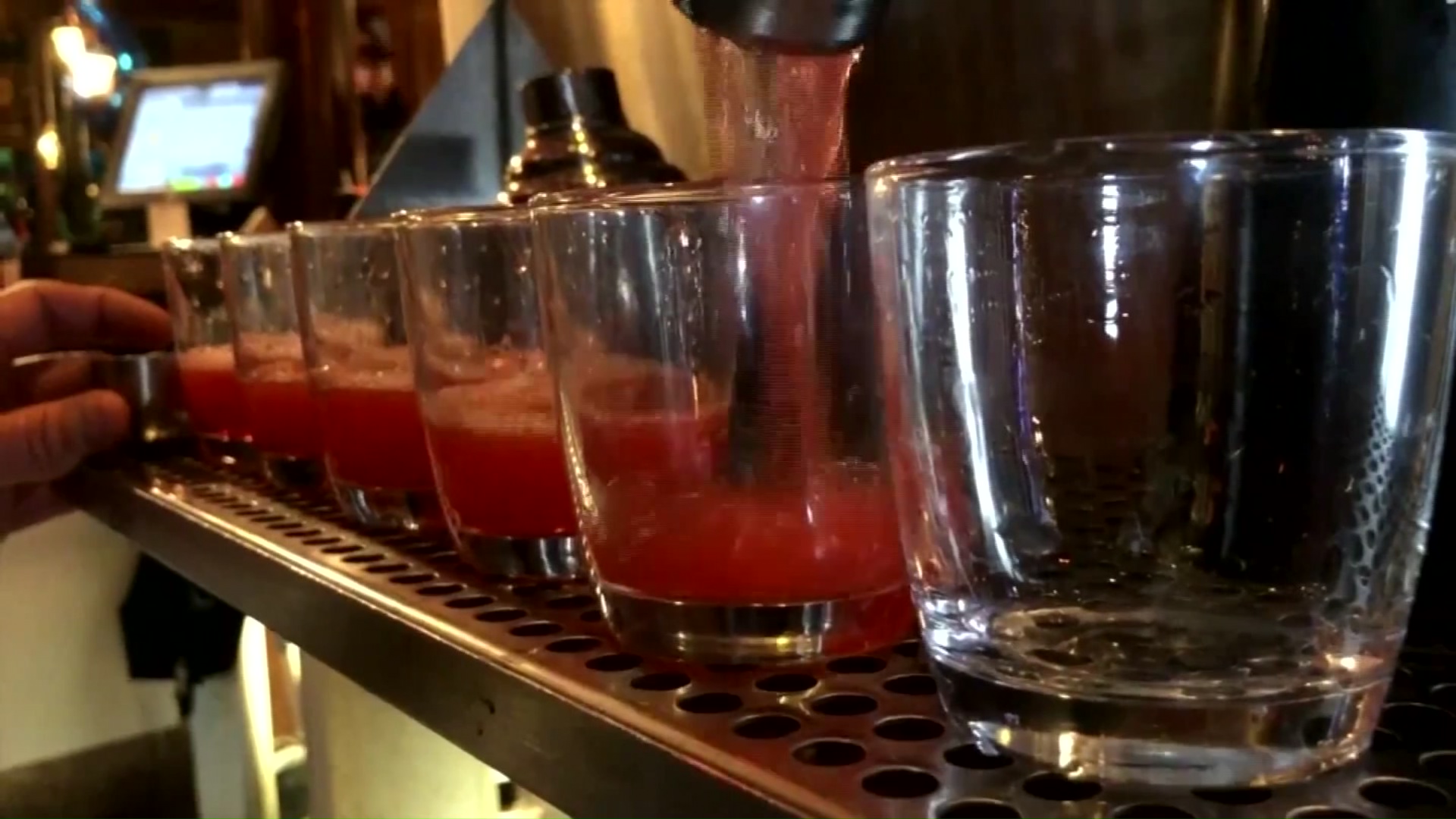With many states closing bars and restaurants back down and others declining to open them all together as spikes are reported around the country, questions have surfaced about indoor dining in Illinois.
The state most recently reopened indoor dining with limited capacity last week as it began phase four of its reopening plan.
Already, two Chicago restaurants have closed their doors back down due to exposure to the coronavirus. And some restaurant workers have expressed health concerns as they return to work.
So, how big of a risk is it to dine inside a restaurant or bar?
We asked infection prevention experts from Northwestern Medicine to weigh in on some questions. These answers are from nurse Heather Voss, a program director of epidemiology and infection prevention at Northwestern Medicine, as well as her colleagues in infection prevention and infectious disease specialist Dr. Irfan Hafiz.
What are the biggest risks with dining indoors?
You have to remove your mask to eat, and if you’re indoors it can also be harder to physically distance yourself from other people. If you’re indoors there is also less air circulation, so it’s more likely that COVID-19 can spread through respiratory droplets when people talk, cough or sneeze. The CDC also believes that people can touch contaminated surfaces and then touch their noses or mouths and cause infection that way, too.
Can coronavirus spread through food?
As of last week, the CDC said there is no evidence that handling food or consuming food is associated with COVID-19. It is possible that a person could get it by touching food or packaging and then touching their face, but we believe that the main way coronaviruses spread is through person-to-person transmission when one person talks, sneezes or coughs.
If the person cooking my food has coronavirus and I eat the food, could I get it? What about my server?
The CDC says the risk is low, but we still recommend handwashing as the best practice when you’re preparing food and getting ready to eat. It is still possible to transmit the virus on plates and dishes that are handled by other people. I tell people to check the restaurant’s COVID-19 prevention practices before they pick their dining location. Websites, social media or a call to the restaurant can provide information about what their staff is doing to keep you safe. All staff should wear masks that cover their noses and mouths at all times.
Is it safer to dine outside than inside? if so, why?
It is definitely safer to dine outside than inside because air circulates better outdoors. But that doesn’t mean that you won’t get the virus that causes COVID-19 if you sit outside. You should still sit six feet from people who don’t live with you when it’s possible, and put on a mask if you’re lingering for conversation after your meal.
Is it safe to use a restaurant's silverware/glassware?
Many restaurants have switched to single-use silverware, cups and condiments. You can use their dishes if they are appropriately disinfected, but avoid self-service options like buffets and be cautious about on-table items like salt and pepper shakers and touchscreens.
What about dining in groups? Does that pose a bigger risk than, say, just two people?
The risk increases as the number of people in your group increases. It becomes harder to physically distance yourself in larger groups, and if you’re eating it’s less likely that people will wear masks. You have to weigh your own risks and those of the people you’re planning to meet to make the best decisions about COVID-19 transmission. A person should also consider the health of others they may come into contact with after the restaurant meal – in some parts of the country there has been a sharp rise in COVID-19 infections among young people who may then transmit it to older adults or others who are at higher risk for complications from COVID-19.
Best ways to keep yourself safe?
To slow the spread of a pandemic, people need to think about themselves and they also need to consider others. Masks, physical distancing and handwashing are incredibly effective if people commit to them. They may not always be convenient, but we need people to understand that even if they aren’t worried for their own health, the decisions they make may affect people who could suffer serious complications if they catch COVID-19.
Will you be dining indoors any time soon?
I won’t be dining indoors at a restaurant any time soon. When we aren’t eating at home, my family and I will pick up food from local restaurants or choose outdoor dining that has more than six feet between the tables. It just isn’t worth the risks.



